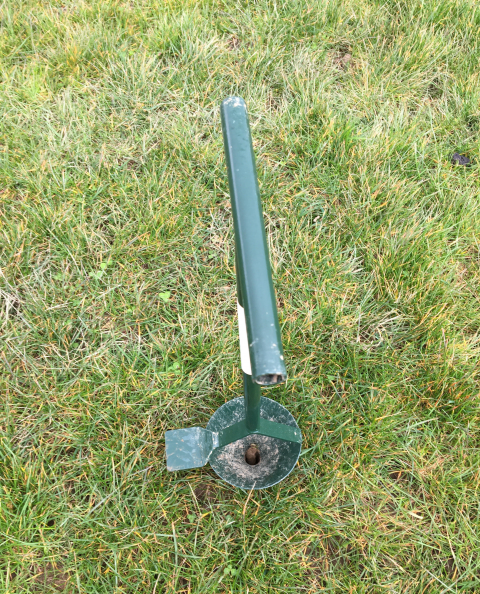Ysgellog focus site project update: Micronutrient availability in grassland soil
Soil sampling results
Initial soil sampling at Ysgellog focus site has demonstrated adequate micronutrient availability in the soil on the whole. Nevertheless, the results have indicated some areas to address for minor micronutrient adjustments. The main elements to focus on are as follows:
- Calcium levels are below target in most of the trial fields
- Soil pH is less than 6 in a few of the fields and could therefore benefit from liming
- Sulphur accumulation is a common factor in some fields. This will impact copper availability in the soil
- High soil organic matter levels. However, there may be a lack of nutrient cycling in some areas
Image 1. Soil samples taken to determine the micronutrient status of the trial fields in March 2021.
Fresh grass sampling results
The fresh grass sampling results indicated that the pasture is of good nutritional quality. After evaluating these results and referencing with the soil results, it was apparent that magnesium levels are relatively low in both the soil and grass, as well as compaction being a slight issue in some fields (this is reflected by accumulating sodium, chlorine and sulphur levels).
Next steps
The next steps will involve adopting suitable management practices to address the common factors identified by analysing the soil and grass (where required). These include:
- Assess for soil compaction by digging a hole and visually assessing the soil
- Using an aerator/subsoiler (depending on compaction depth) where required to break up the surface in order to alleviate compaction and promote nutrient cycling
- Take a sample of farmyard manure (FYM) to determine its micronutrient status and consider its role in terms of recycling micronutrients on the farm
- Forage mineral analysis on the silage that has been fed to the livestock on the farm (and link to the trial fields)

